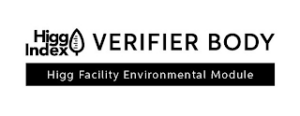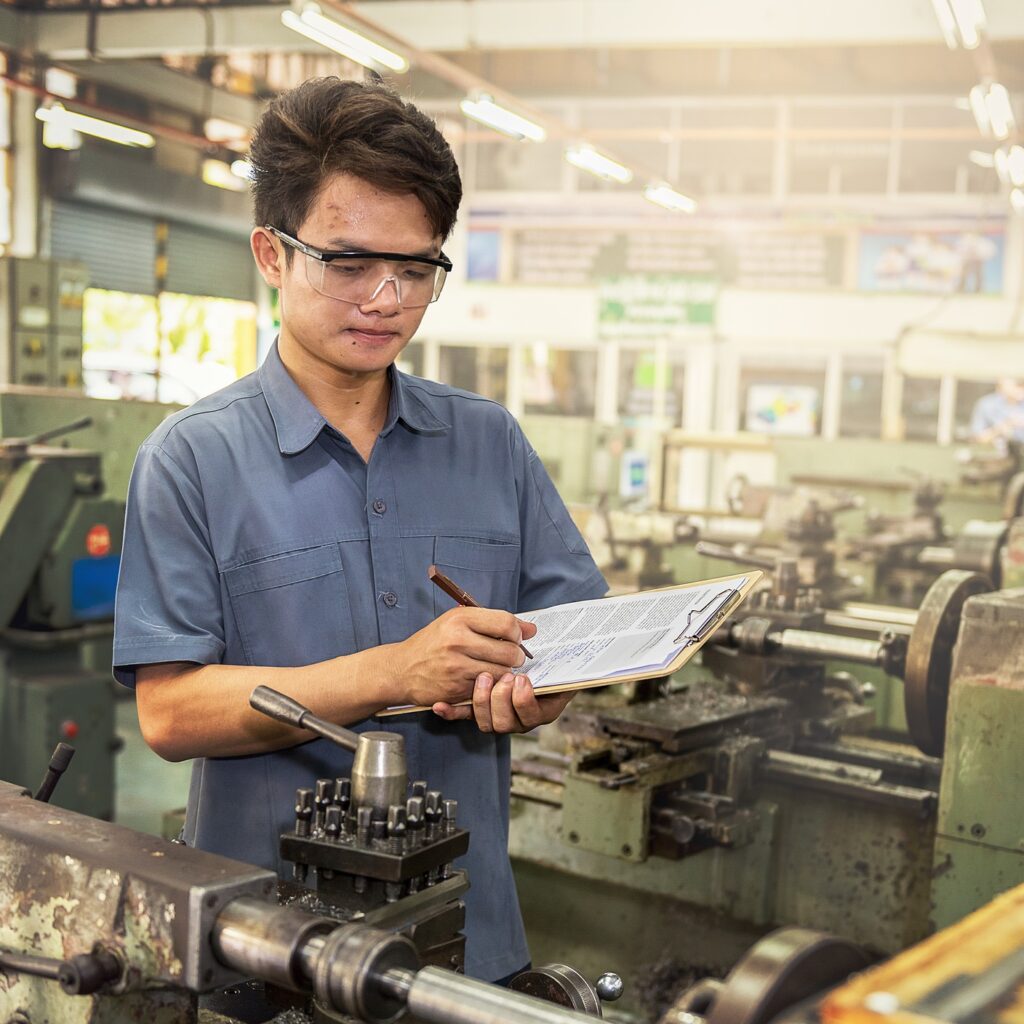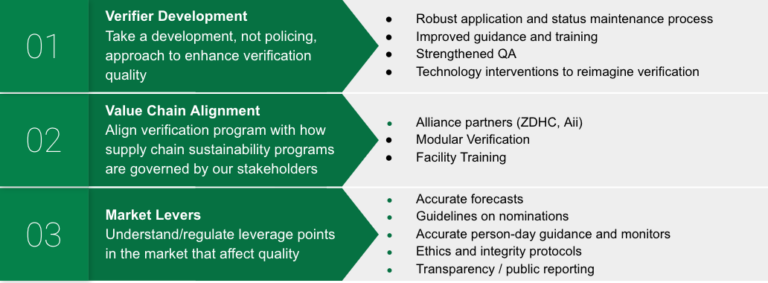Prior to May 2023, the Higg FEM verification fee was collected on Worldly, and passed to Cascale, who manages the program. In order to streamline the process, provide more transparency, and better align with common industry practice, this fee will now be collected by the verifying body, and passed to Cascale. The amount of the Higg FEM verification fee remains unchanged at $300 USD.
Your Higg FEM will be automatically enabled for verification so you can easily share your data with verification bodies – it’s simply a matter of choosing an organization and working directly with them.
It is also important to note that this change also affects the equivalent vFSLM module fee, which will no longer be charged on the Worldly platform, resulting in a net savings for facilities undergoing Higg FSLM verification.
Verification Access Fees support the ongoing content and methodology development of the Higg Index, associated programs, and verification protocols, which are essential to drive collective industry action. Fees associated with Verification shall be negotiated and agreed upon between the organization requesting the Verification and the Verifier Body.
Please find more details at the links below:







